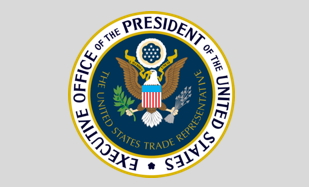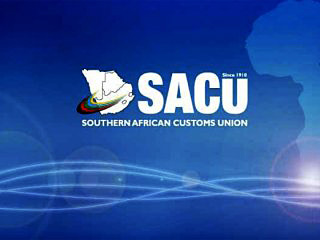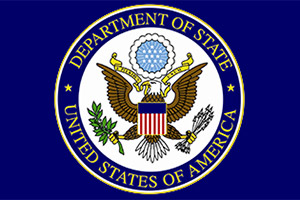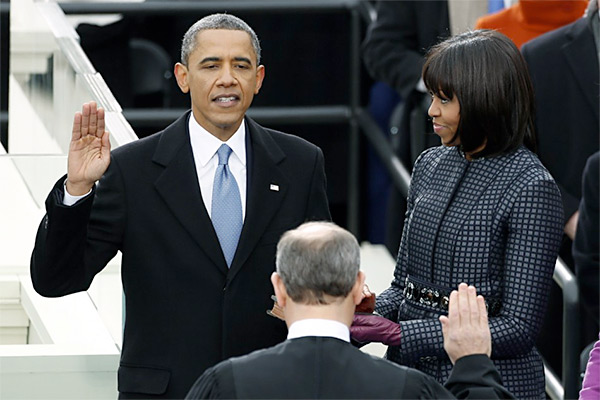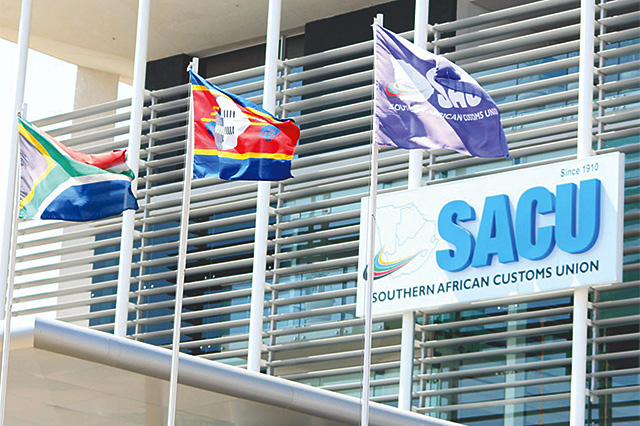Regional Info: SACU
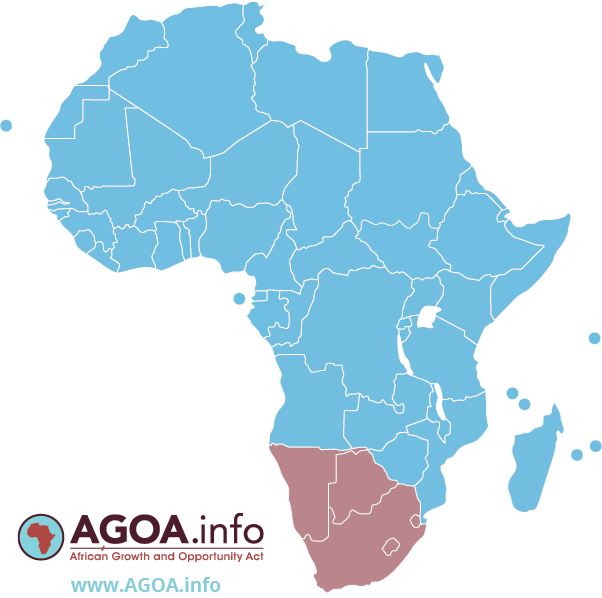
Bilateral Trade by Sector: United States - SACU
Value ('1000 dollars), US 'domestic exports' *, US 'imports for consumption' / Includes year-to-date data Data covers AGOA beneficiary countries only (i.e. excludes Swaziland)
Economic Background
SACU is the oldest existing customs union in the world. It was established in 1910 pursuant to a Customs Union Agreement between the then Union of South Africa and the High Commission Territories of Bechuanaland, Basutoland and Swaziland. With the advent of independence for these territories, the agreement was updated and on 11 December 1969. It was relaunched as the SACU with the signing of an agreement between the Republic of South Africa, Botswana, Lesotho and Swaziland. The updated union officially entered into force on 1 March 1970. After Namibia's independence from South Africa in 1990, it joined SACU as its fifth member.
The 1910 Agreement, which was in effect until 1969, created the following:
- A common external tariff (CET) on all goods imported into the Union from the rest of the world; a common pool of customs duties as per the total volume of external trade; and excise duties based on the total production and consumption of excisable goods.
- Free movement of SACU manufactured products within SACU, without any duties or quantitative restrictions.
- A revenue-sharing formula (RSF) for the distribution of customs and excise revenues collected by the union.
The 1969 Agreement, signed by Botswana, Lesotho, and Swaziland (BLS) and South Africa, on December 11, 1969 provided two major changes:
- The inclusion of excise duties in the revenue pool and
- A multiplier in the revenue sharing formula that enhanced BLS revenues annually by 42 percent.
Please note that since Swaziland has lost its AGOA beneficiary status, data only includes SA, Namibia, Botswana and Lesotho.


